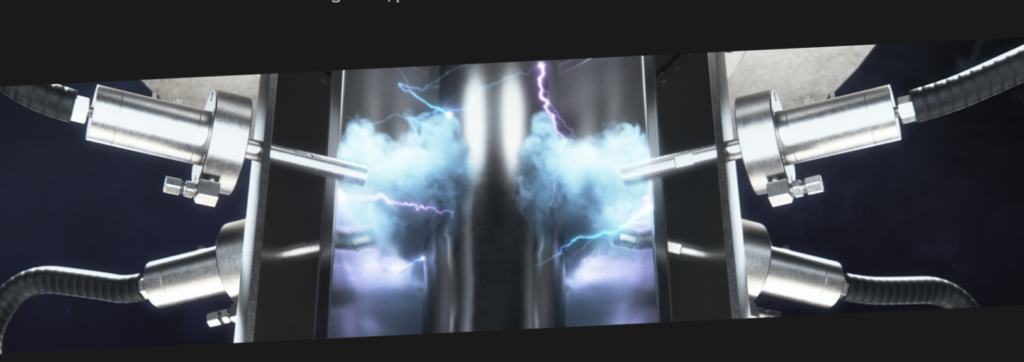Seattle-based Zap Energy is using a lesser-known approach to nuclear fusion to build modular, garage-sized reactors.
Zap Energy is building a cheap, compact, scalable fusion reactor with potentially the shortest path to commercially viable fusion and orders of magnitude less capital than traditional approaches.
The conceptual basis for the technology was developed at the University of Washington led by Uri Shumlak. Zap Energy formed following the positive initial results achieved by the FuZE device as part of ARPA-E’s ALPHA program. The company was co-founded by British entrepreneur and investor Benj Conway (President, CEO), together with nuclear physicists Brian A. Nelson (Chief Technology Officer ) and Shumlak (Chief Science Officer).

They are cheaper and don’t require the large, incredibly powerful magnets used in traditional fusion experiments. Ultimately, they may also provide a quicker route to achieving commercially viable nuclear fusion, a press statement reveals.
Zap Energy has developed a different approach with its Z-pinch technology. The company uses an electromagnetic field instead of the expensive magnetic coils and shielding materials used in tokamaks. This, they say, pins the plasma inside a relatively small space and “pinches” it until it becomes hot and dense enough for the required reaction to take place.
Sheared-Flow-Stabilized Z-Pinch Fusion
The pinch effect is one of the earliest methods of fusion power to be explored. It relies on the fact that a current flowing in a conductor will produce an inward-directed force, squeezing the conductor. In the case of a fusion device, the conductor is a plasma of the fusion fuel itself. The current is either induced using an external magnet, or directly applied using electrodes in the reaction chamber. The device’s relative simplicity led many researchers around the world to attempt to build pinch systems.

In early experiments, pinch systems were found to be unstable and the plasma was quickly forced into the walls of the reaction chamber, cooling it off so that fusion would not occur. This led to the development of the stabilized pinch machines, with the most notable example being the UK’s ZETA. At first it appeared these designs were free from the instabilities of the earlier devices. However, further investigation showed that new “microinstabilities” were just as effective at destroying confinement as the earlier, larger, instabilities had been. With no obvious solution to these new class of problems, major research on the classic pinch devices ended by the early 1960s.
The idea of using the flow of the plasma as an additional stabilizing force developed in the 1990s. In this concept, the pinch is developed such that the plasma flows at different speeds as one moves out from the center of the plasma column, with the outer layers being about ten times as fast as the center.As the magnetic field created by the pinch current is a function of both the density and speed of the charges, this causes the resulting pinch field to be non-linear across the plasma column. This surpasses the growth rate of the kink, sausage and interchange instability. The exact conditions that need to be reached to stabilize the pinch is still an open area of research
https://www.zapenergyinc.com/
